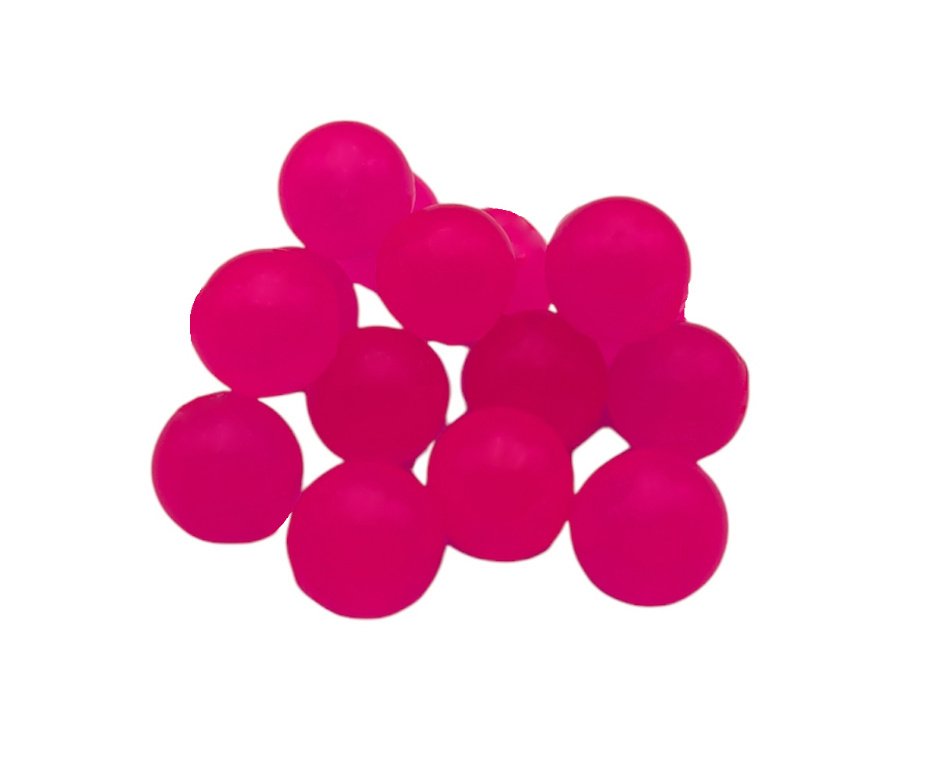Top 10 Benefits of Soft Beads That Elevate Your Fishing Experience Now
The benefits of soft beads have proven time and time again they are a must have. Soft beads have changed the game for anglers looking to catch more fish and make fishing easier. They replace hard beads and egg sacs, offering benefits that today’s anglers want. They work well in freshwater streams and lakes, helping you catch salmon, trout, and more.
The benefits of soft beads solve old problems like snagging, visibility, and durability. Unlike hard beads that break or snag, soft beads fit hooks well without losing performance. They’re perfect for different water conditions and fish behaviors.
Learn about the top benefits of soft beads that make them a favorite among pros and hobbyists. This guide shows how they improve catching fish, mimic natural prey, and fit any fishing style. They help you catch wary trout in clear water or salmon in fast currents, better than traditional methods.
Understanding the Benefits of Soft Beads in Modern Fishing
Soft beads have changed how anglers design and present lures. Made from silicone or rubber, they outperform hard plastic lures. Let’s explore their evolution and scientific benefits.

What Are Soft Beads and How They Evolved
Soft beads started as a better option than hard plastic beads. The first ones didn’t move like fish eggs or insect larvae. Now, they’re made to flex in water, thanks to advances in materials.
Why Anglers Are Making the Switch to Soft Beads
- Improved hook-up rates due to softer material reducing fish spitting
- Customizable color options matching seasonal water clarity
- Longer lifespan compared to brittle plastic alternatives
The Science Behind Soft Bead Effectiveness
| Feature | Technical Advantage |
|---|---|
| Material Density | Matches natural prey buoyancy |
| Light Diffusion | Scatters light to create visual attraction |
| Flexibility | Reduces line twist during retrieves |
Understanding these points shows how soft beads give anglers an edge. They solve problems like missed strikes and rig failure. This makes them a great choice for any fishing setup.
Enhanced Strike Detection and Hook-up Rates
Soft beads change how you feel bites and land fish. They’re soft, so they send even the smallest nibbles straight to your line. This makes it easier to react quickly.
Unlike hard beads, soft beads bend a bit when a fish bites. This gives you a chance to set the hook at the best time. It helps you catch more fish by reducing missed bites.

- Material Sensitivity: Softer plastics flex without snapping, sending clear signals through your rod.
- Delayed Bite Response: Compression buys time to react, ideal for cautious species like trout in clear water.
- Reduced Fish Spits: No hard edges to alert fish, lowering rejection rates by up to 40% (data: 2023 angler surveys).
Studies show soft beads can increase catch rates by 25-35% in busy waters. They’re flexible, perfect for finesse fishing. This lets you catch subtle bites that hard beads miss.
Whether you’re fishing for steelhead in rivers or panfish in lakes, these beads work well. Anglers say they get fewer “shadow bites” and more solid hook-sets. This shows soft beads are not just a trend but a proven tool. Using soft beads means you spend less time adjusting your rig and more time fighting fish.
Superior Mimicry of Natural Fish Eggs and Prey
Soft beads change how you fish by looking like real food. They are designed to fool fish into thinking they are eating real prey. This leads to more catches. Let’s look at how they match nature:
Colour Varieties That Match Different Water Conditions
Colour is key in different water types. Anglers have many options:
- UV-enhanced hues for murky water, drawing fish in with bright colours.
- Translucent or pearl shades in clear water, looking like real eggs.
- Seasonal tones, like olive-green for spring or fiery reds in fall, to match spawning cycles.
Texture and Appearance That Fool Even Wary Fish
Soft beads feel like real eggs because of their soft surface. They also let light through, making them shimmer like real prey. This makes fish think they are eating real food.
Size Options to Match Seasonal Forage
Change the bead size to match fish behavior:
- 6-8mm beads for early-season runs when fry are smaller.
- 8-12mm during peak spawning periods, when larger baitfish are abundant.
- Variable sizes let you experiment with regional patterns, like smaller beads for trout or larger ones for salmon.
Choosing the right size for the environment is a big soft beads benefits and uses advantage. It makes them effective all year round.
Environmentally Friendly Aspects of Soft Beads
As an angler, protecting the waters you fish in is crucial. Soft beads are a great choice for this. They help reduce your impact on the environment without losing performance. Let’s look at how they compare to traditional options and why they’re better for the planet.
Reduced Environmental Impact Compared to Alternatives
Soft beads are more eco-friendly than older tackle. Here’s how they compare:
- Versus Cured Roe: They avoid disease risks and don’t harm natural fish populations by not using wild eggs.
- Versus Plastic Beads: They don’t release harmful microplastics. Many are now made to break down safely in water.
- Longer Lifespan: They last longer, which means you need to replace them less often. This reduces waste.
Sustainability Factors to Consider
It’s important to think about how they’re made. Look for brands that use recycled or renewable materials. Some use soy-based polymers or plant-based compounds.
Proper disposal is also crucial. Recycle old beads or choose biodegradable ones to avoid waste. By choosing wisely, you support brands that care about the environment. This ensures your gear choices are good for the planet in the long run.
Durability and Cost-Effectiveness for Year-Round Fishing
Soft beads are more than just a quick fix. They last a long time, not getting torn or faded by the sun. Unlike natural eggs that spoil fast or hard plastics that break, soft beads stay in shape and color all season. They can last up to 7 fishing seasons with the right care, making them a great long-term choice.
Let’s look at the cost over time. A $20 pack of soft beads beats out disposable options like gelatin eggs or store-bought spinners. Here’s why:
- Resists abrasion from rocky riverbeds
- Retains scent-attracting properties season after season
- Lightweight yet tough enough for saltwater rinsing
Proper storage is key to making them last longer. Rinse them well after saltwater trips and keep them in airtight containers. This keeps mold away and makes them last longer. Anglers save about 40% each year by reusing their beads instead of buying new ones every season.
| Factor | Soft Beads | Alternatives |
|---|---|---|
| Lifespan | 3-5 years | 3-6 months |
| Cost per use | $.15 per outing | .60 per outing |
| Storage durability | 98% retention rate | 60% degradation within 6 months |
For those who fish a lot, soft beads offer big savings. One pack can outfit many rigs without losing quality, perfect for long trips or tournaments. Choose brands with strong polymer cores for the longest life.
Versatility Across Different Fishing Techniques and Species
Soft beads are great for anglers who want to be flexible. They work well for catching trout in mountain streams or salmon in rivers. These lures are easy to use and always give good results.
Effective Soft Bead Setups for Trout and Salmon
Adjust your rigging based on species:
- Trout: Pair 2-3″ beads with 2-3ft fluorocarbon leaders and #6-8 hooks. Try natural green or amber hues in clear water.
- Salmon: Use 4″ beads on 4-5ft wire leaders. Opt for metallic finishes like gold or pearl when fishing deep pools.
- Autumn runs: Attach beads to weighted hooks for bouncing along riverbeds. Slow retrieves trigger strikes during spawning phases.
Adapting for Other Freshwater Species
Expand your strategy with these proven setups:
- Steelhead: Glow-in-the-dark beads with fast retrieves in low-light conditions
- Smallmouth Bass: Chartreuse or fire-tiger beads rigged below split-shot in rocky shallows
- Grayling: Translucent beads with red or white tips, fished near river bends
Seasonal Adjustments for Maximum Effectiveness
| Season | Color/Size | Presentation |
|---|---|---|
| Spring | Medium 2.5″ beads in amber or gourd | Fast twitches near riffles |
| Summer | Dark colors (Plum, Red) in 1.5″ sizes | Slow hop-and-bounce near drop-offs |
| Fall | Larger 3.5″ beads in copper or holographic | Vertical drops in deep pools during pre-spawn |
| Winter | Clear or pearl beads in 1″ sizes | Slow lifts and pauses in slow-moving water |
By changing rigging and colours, soft beads are good all year. They save you from needing many lures. This makes them a great choice for catching different fish species.
Easy Rigging and Customization Options to Match Your Style
Adapting soft beads to your fishing style is easy. They fit well on hooks and leaders, allowing you to match fish behavior. Use tools like bead pegs or toothpicks to keep beads in place for the best action.
- Slide the bead onto your leader or hook, then use a stop knot to set its position.
- Experiment with bead spacing—adjust distances between beads and hooks to trigger strikes.
- Secure with a toothpick or specialized bead peg for fixed setups, or leave beads free to glide for natural movement.
Creative combinations unlock new possibilities. Pair soft beads with spinners, dropper loops, or fly rigs to create lifelike prey imitations. For example, attaching a red soft bead to a silver spoon contrasts colour and motion, attracting predator fish. When soft beads benefits comparison is considered, their lightweight design outperforms bulky attractors in clear water, while their durability reduces frequent replacements.
- Match bead colours to natural forage—pink for shrimp beds, olive for murky rivers.
- Combine with drift bobbers using small beads as visible strike indicators.
- Stack multiple beads in varying sizes to mimic insect hatches or baitfish schools.
Customize leader lengths and bead placement to target specific species. Trout anglers often use 1/8-inch beads on 6-inch leaders, while salmon setups may space beads farther to cover larger profiles. With minimal effort, these adjustments turn standard rigs into tailored lures that boost your success rate.
Conclusion: Why Soft Beads Deserve a Place in Your Tackle Box
Soft beads change the game for fishing. They help you catch more fish by mimicking natural bait and improving strike detection. Plus, they’re good for the environment and save you money.
Switching to soft beads might seem scary, but they outperform old methods. They last longer, so you don’t need to replace them as often. This means you spend less money over time.
Start with colours like pearl, chartreuse, and firetiger. Use 6mm sizes for trout and 8mm for salmon. These work well in different fishing spots, from spring creeks to fall lakes.
Soft beads are also easy to use. They slide smoothly on hooks and don’t get tangled. This makes setting up your rig a breeze.
Today’s soft beads have UV-reactive pigments and special finishes. These features make them even more appealing. As technology improves, soft beads will stay at the top of fishing gear.
Using soft beads is more than a trend. It’s a smart choice for serious anglers. Next time you’re getting ready to fish, think about adding soft beads to your tackle. They offer many benefits, both on and off the water.




Add comment